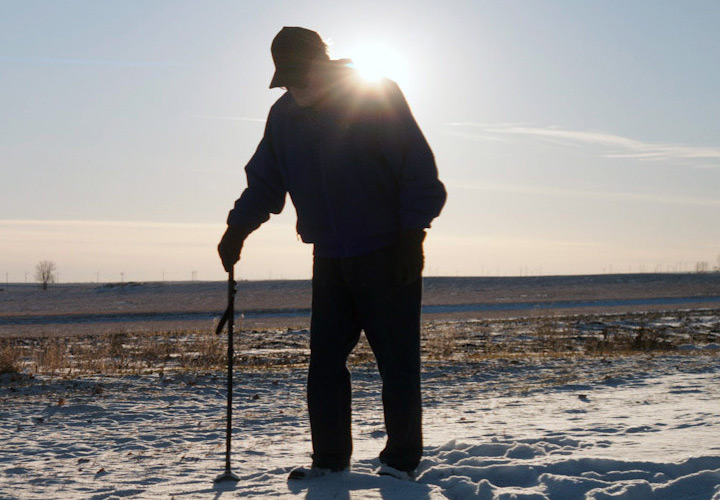Rural Aging Action Network
Lessons from an Innovative Model for Mobilizing Whole Communities and Empowering Older Adults Across Rural America
 As the number of older adults aging in rural communities continues to rise, there is a growing need for rural-relevant solutions that meet the unique needs and build on the unique strengths of these communities. The Rural Aging Action Network (RAAN) represents one such solution.
As the number of older adults aging in rural communities continues to rise, there is a growing need for rural-relevant solutions that meet the unique needs and build on the unique strengths of these communities. The Rural Aging Action Network (RAAN) represents one such solution.
The RAAN is a national learning collaborative developed and led by Lutheran Services in America (LSA). Launched in 2022, the RAAN is designed to expand community-based services and supports in rural communities and ensure independence and choice for the older adults who live there.
The LeadingAge LTSS Center @UMass Boston partnered with Lutheran Services in America to lead a two-year evaluation of the RAAN. Researchers assessed the RAAN’s effectiveness, impact, and value as it mobilized whole communities to address gaps in the care of older adults.
Learn More: Read Our Report about the RAAN Model
A new report provides lessons learned during the RAAN’s development and implementation in rural communities across Minnesota, Montana, North Dakota, and South Dakota. The report is designed especially for organizations serving rural older adults or seeking to expand their reach into rural communities.
The report:
• Provides an overview of the RAAN model.
• Outlines seven steps involved in establishing a RAAN.
• Explores how the RAAN empowers older adults and advances equity and engagement among diverse populations.
Download your copy of the RAAN report.
View Our Webinar about the RAAN
On National Rural Health Day, researchers from the LeadingAge LTSS Center @UMass Boston and program developers from Lutheran Services in America presented an interactive webinar about the Rural Aging Action Network.
We invite you to view a recording of the webinar. It will help you better understand the lessons and best practices that emerged as the LSA RAAN Collaborative worked to cultivate caring communities that address the unique needs of rural older adults.
